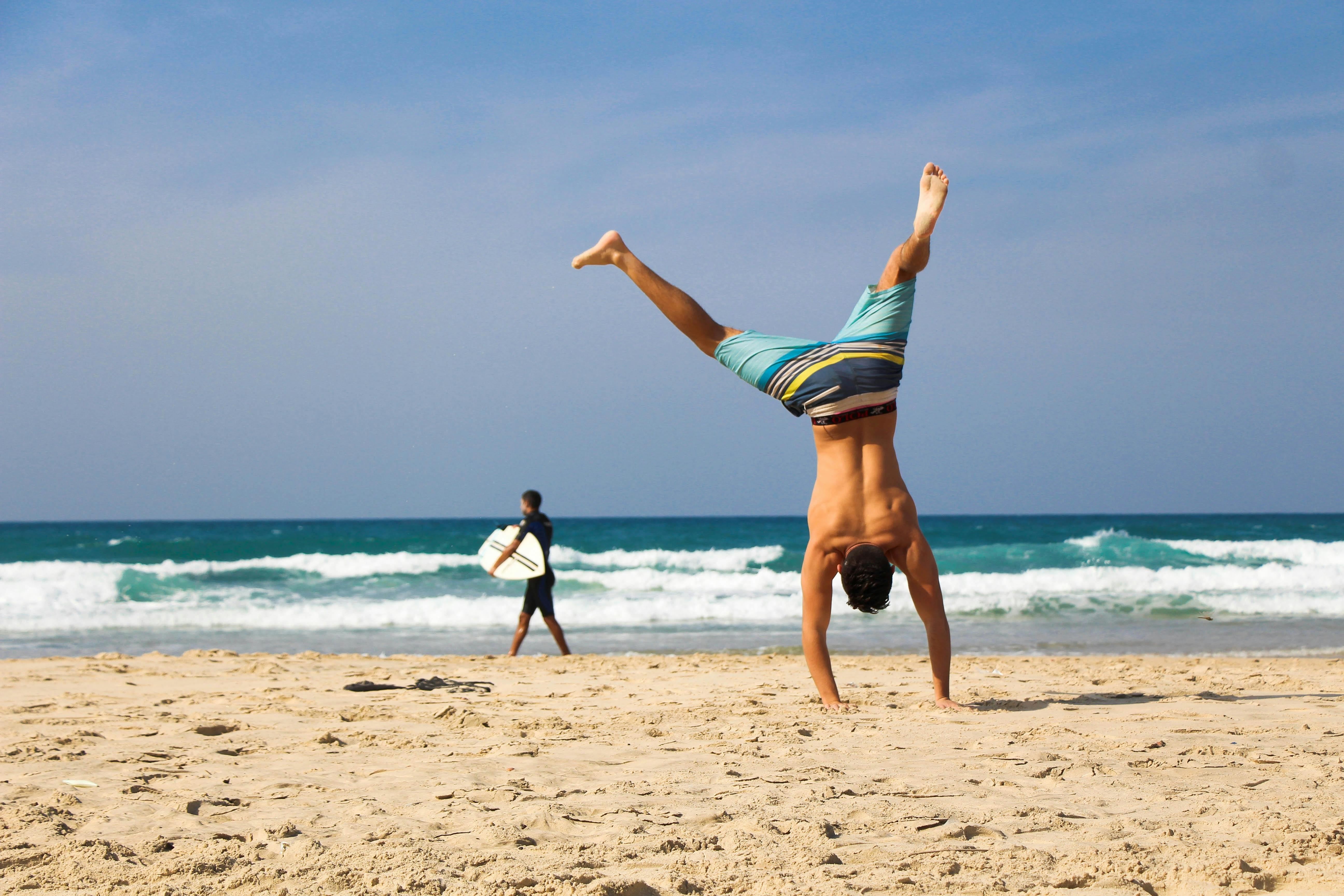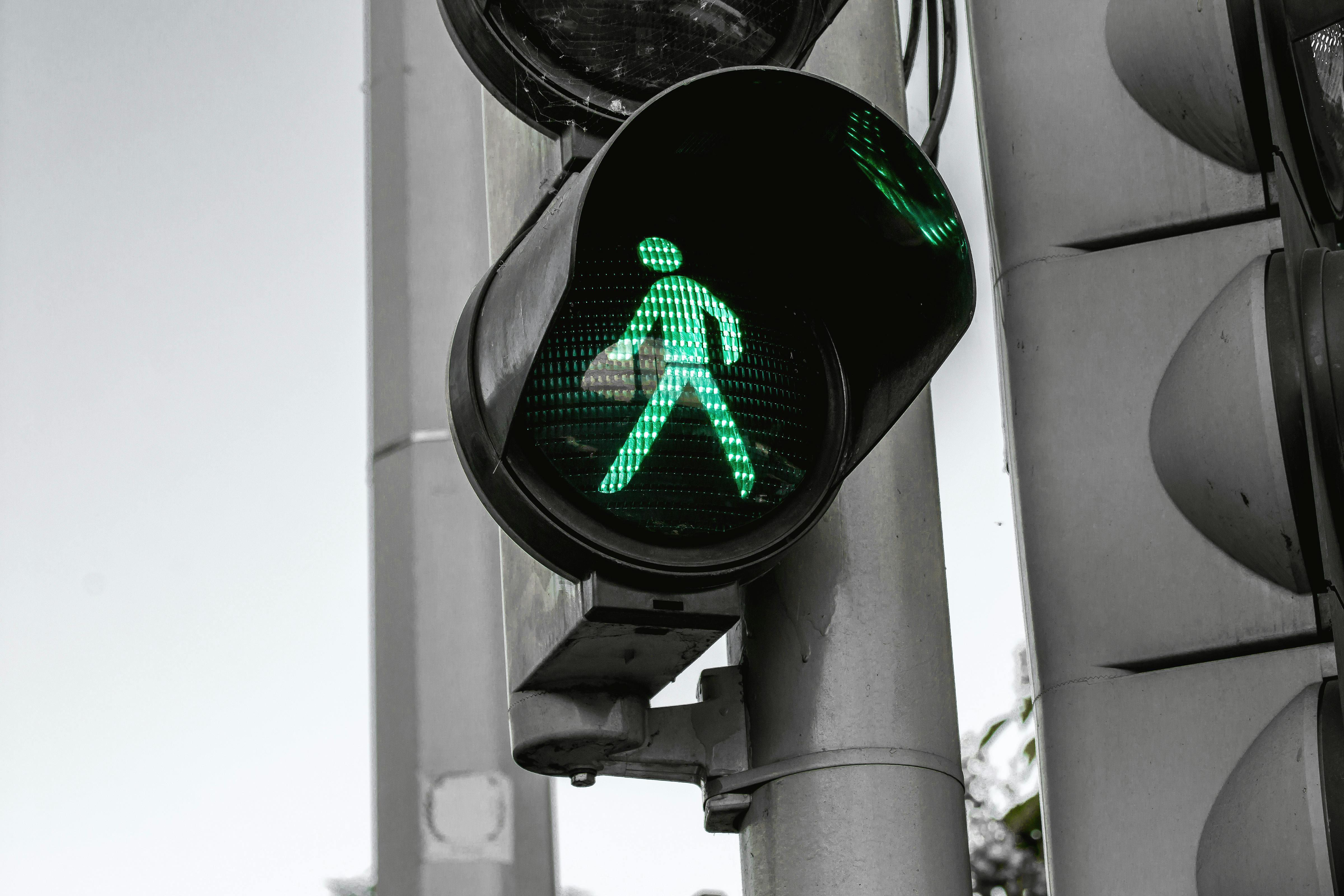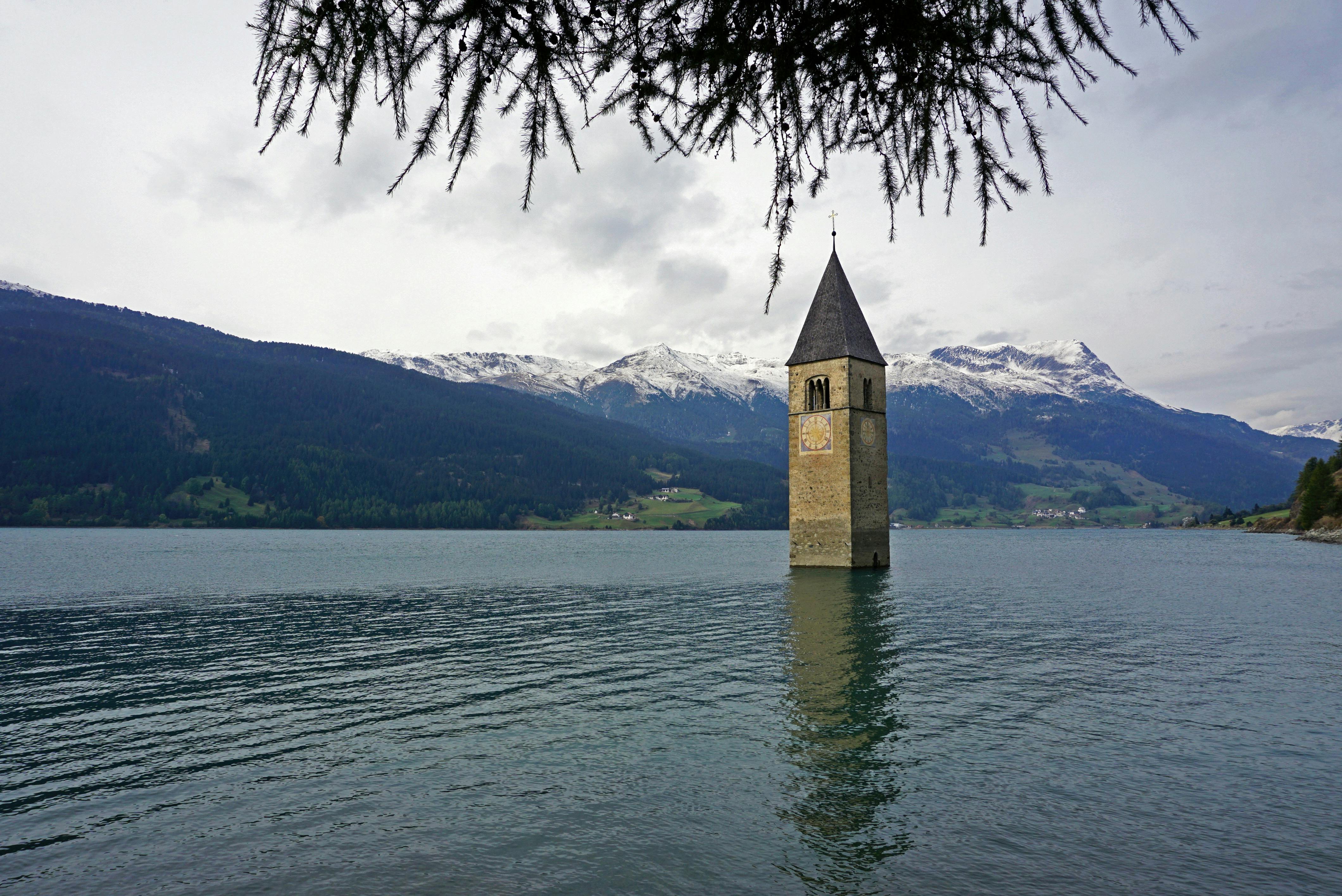Where the Wild Things Are: Vancouver, Whistler and Victoria
I’m watching The Merchant of Venice in a huge tent by the Pacific at Bard on the Beach in Vancouver. The rear of the set is open to the sky and just beyond the merchant’s head, a bald eagle is being mobbed by a flock of seagulls. A seaplane flies through English Bay and a cruise ship sails by on its way to Alaska. As the sun sets, the lights come on atop Grouse, Vancouver’s winter ski mountain, as runners, bikers and skaters make their way along the nearby ocean.
That’s Vancouver: cultured, stunningly beautiful, and with its wild origins occasionally wandering into a scene from Shakespeare. It’s no wonder that Vancouver has regularly been voted the “World’s Most Liveable City” by the UK’s Mercer Institute.
Aside from Chinatown, a visitor to Vancouver does well to stay on the west side of the city, close to that royal blue Pacific. A favorite trip is on one of the toy bathtub ferries to the fabulous Public Market on Granville Island, where the huge sockeye salmon at the fishmonger’s stalls are a reminder of another of British Columbia’s wild creatures.
But perhaps Stanley Park, Vancouver’s 1,000-acre forest just outside downtown, sums up the spirit of this city. I rent a bike and ride around the park’s 6.5-mile boardwalk past Chinese families on roller skates, totem poles and the dense, dark forest that is the setting for so many “X-Files” episodes. Here there are beaches of fine sand; the Japanese current comes in and warms it enough to swim. At the end of the levee, I decide I’ve earned a stop at one of the many ice cream parlors or coffee shops that line neighboring Denman Street in Vancouver’s vibrant West End. Leaving the park, I stop to admire a very English rose garden, this is British Columbia, when I see a sign warning me about coyotes.
If Vancouver is a baby boomer who has kept fit by doing yoga and biking to work, then Whistler is a snowboarding kid in baggy pants and Victoria the prim granny in pearls. But they all share the backyard that is spectacular British Columbia.
The Sea to Sky Highway from Vancouver to Whistler is probably one of the most beautiful stretches of road in the world with the royal blue, fjord-like Howe Sound on one side and mountains on the other. If you’re on this trail between November and February, make a short stop in Brackendale, just north of Squamish, where the largest gathering of bald eagles in North America takes place each winter. The Brackendale Teahouse and Art Gallery hosts the Eagle Count.
At first glance, it would seem that Whistler is home to a different kind of wildlife. The town, which will host the 2010 Winter Olympics with Vancouver, attracts snowboarders and mountain bikers who like cold beer and loud music. But peace can be found on one of the four championship golf courses or on one of the gentle marked walks from the center of town. Better yet, ride a gondola to the top of the mountain and take the slightly more strenuous Harmony Loop trail for the feeling of being on top of Canada.
Whistler is named after its local resident, the grizzled marmot whose song is a shrill whistle. But for a true wildlife adventure, join local “bear man” Michael Allen on one of his summer night tours to see his beloved wild black bears on their nocturnal berry drilling. The Whistler tourist office has details on the walks and will put you in touch with Michael.
After all that desert, it’s time for tea. Probably the most exciting and romantic route to afternoon tea at the Empress Hotel in Victoria is to travel by seaplane from Vancouver Harbor and be dropped off in Victoria Harbor just minutes from the vast and opulent Tea Room at the Empress. . Vancouver’s glass skyscrapers suddenly seem so far away as you fly over Victorian cottages and dock next to the venerable old hotel.
If Victoria is the prissy widow of this trio, then maybe this is the place for some quieter activities. The Royal British Columbia Museum, just across the street from the hotel, is one of the best museums in Canada. They have an excellent First Nations exhibit that chronicles the moving history of Canada’s aboriginal people. In stark contrast, Emily Carr House, on a pretty street of cottages between Empress and the Pacific Ocean, offers a glimpse into Victoria’s past and an extraordinary woman. Emily Carr was a painter and writer, a contemporary Georgia O’Keefe fighter who has become a Canadian institution.
The glorious Butchart Gardens are worth a visit at any time of the year, but even in refined Victoria, wild creatures loom just outside this sleepy town with their horse-drawn carriages and double-decker tour buses. Several pods of killer whales or killer whales make their home just outside the harbor. A visitor can finish their cream tea, walk five minutes to one of the zodiac rafts in the harbor, and within minutes, cross the Pacific to see an orca leaping in the bay. That’s the weird and wonderful mix of gentility and wildness that is British Columbia.



